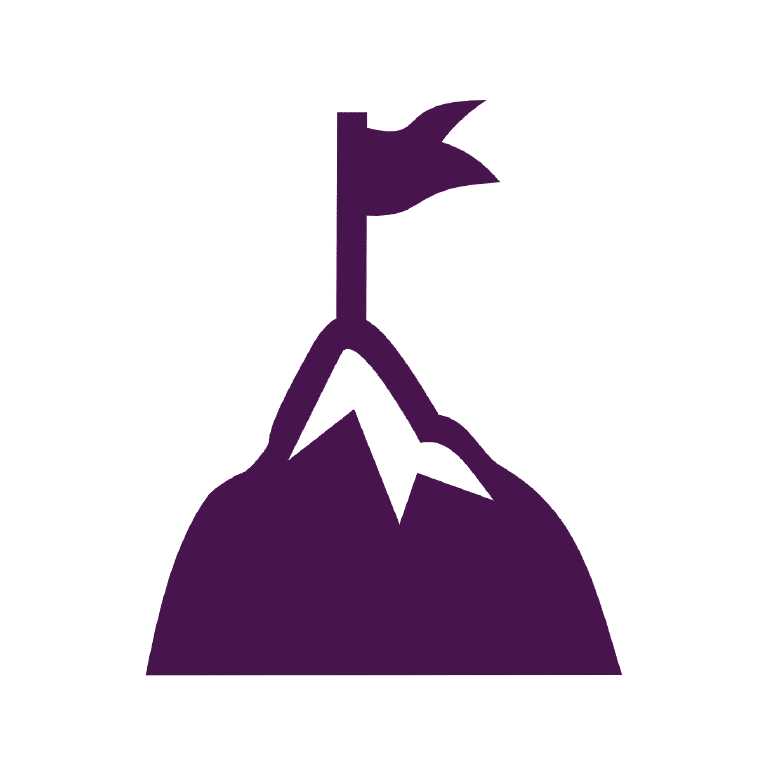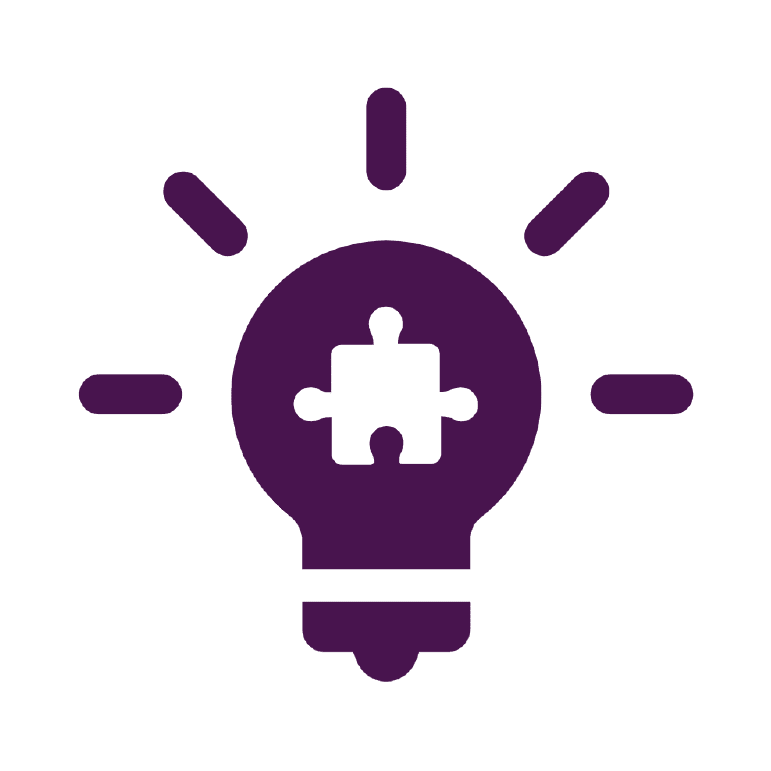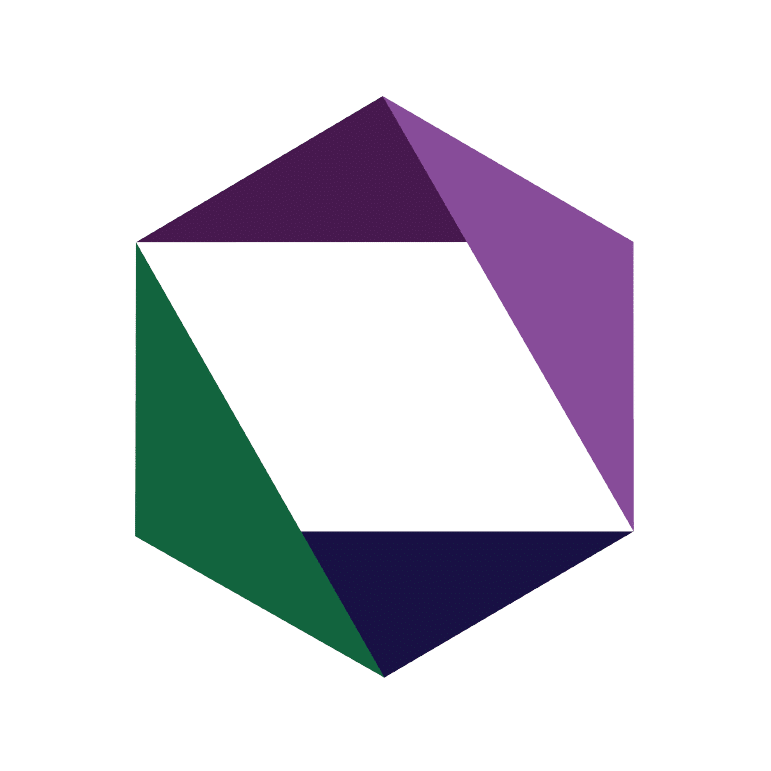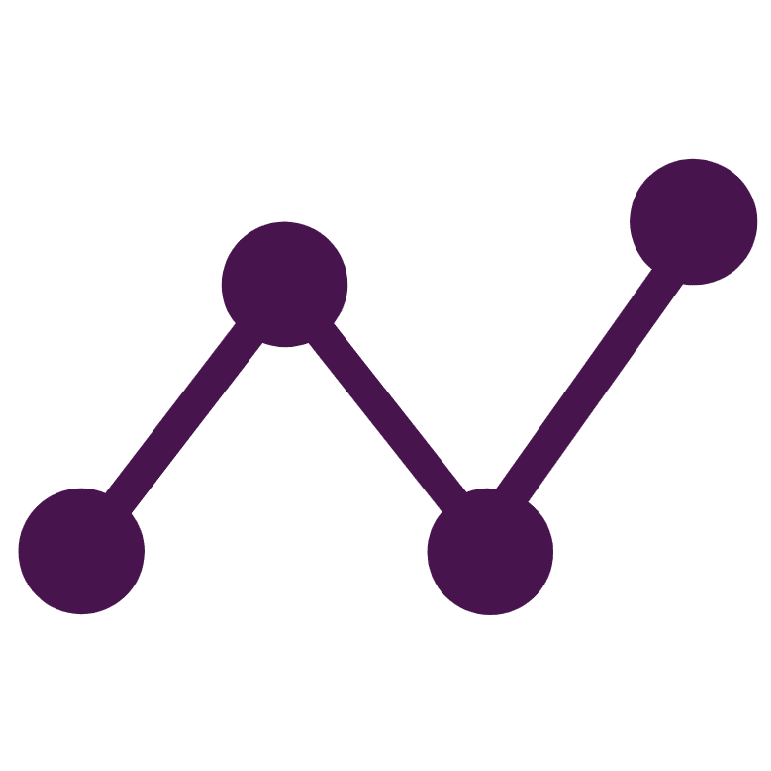
The Challenge
A national research organization identified a high priority need to make research results easier to find. The organization manages multiple research domains that each produce hundreds of research projects, publications, and webinars annually on current, emerging, and critical topics. Also, the organization owns one of the largest research bibliographic databases in the world. Users across the organization – including volunteers, researchers, subject matter experts, and domain operators – need quick access and visibility into past domain research in order to make informed decisions around:
- operation resources and investments;
- legislation, regulations, and policy;
- construction design for facilities;
- and safety measures and programs.
Content at the organization is currently split across multiple databases and websites, making it difficult for stakeholders to compile the necessary information when searching for information relevant to their everyday tasks. Additionally, current search interfaces are complex and sophisticated, providing a challenging user experience for new audiences.

The Solution
EK collaborated with the organization to build a search proof of concept that they could leverage to gain both internal and external stakeholder buy-in for a larger implementation. We facilitated workshops with users, subject matter experts, and stakeholders to elicit user stories and their business values for key organization user personas. The organization serves multiple different stakeholders, and each stakeholder has different informational needs and goals that were transferred into user stories for consideration. Next, we mapped the user stories to potential features, built wireframes of those features, and validated the features and wireframes with stakeholders. At the same time, EK built data pipelines to extract content from the organization’s data sources and load the data into a knowledge graph, compiling the data source content together in one place. We developed the user interface based on the wireframes and indexed the knowledge graph content for search.

The EK Difference
After meeting with organization stakeholders to discuss current information management challenges at the organization, the EK team leveraged our design thinking and agile methodology to provide an iterative process to brainstorm, map, and design a search interface. Our user experience experts collaborated with organization stakeholders to map user needs to features, and features to wireframes in a way that kept the solution intuitive and comprehensive. EK’s background in building knowledge graph solutions enabled the team to consider advanced search features, providing features that used relationships within the data and focused on the people, organizations, concepts, and content of the domain rather than just the content within the domain. Additionally, we worked iteratively with the organization to provide training and communications around search with knowledge graphs to help socialize the concept within the organization. EK’s approach to implement search and socialize knowledge graphs ensured that the organization co-created the solution and was able to speak to how each search feature aligned with organizational strategic goals and user needs.

The Results
The search proof of concept demonstrated to the organization that content could be gathered from disparate data sources, organized, and presented in a meaningful way for users. By leveraging a knowledge graph, the stakeholders were able to ask questions about the relationships between content in various repositories and utilize diverse types of results to compile the answers to their questions. The knowledge graph’s flexible data model allowed this search solution to support multiple stakeholder use cases. The user interface provided a one stop solution for users to search across multiple sources as well as leverage modern search and discovery features that reduced stakeholder time finding and connecting relevant research. As a result of the project, the organization had a search resource that could be expanded to include other teams within the organization, increasing the opportunities for collaboration with other sponsors and stakeholders.
